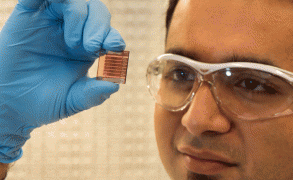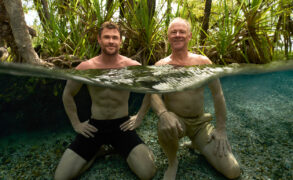
Chris Hemsworth & the dementia doctor
In the documentary ‘A Road Trip To Remember’, Chris Hemsworth and his recently dementia-diagnosed father take a road trip back through their past, while exploring social connection and reminiscence therapy using the advice…

Ancient roos bounce back
Palaeontologists from Flinders University have described three unusual new species of giant fossil kangaroo. Over the last decade, a series of discoveries around Lake Callabonna in arid South Australia have yielded multiple complete…
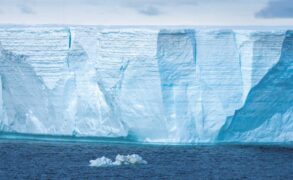
Groundwater could speed the loss of Antarctic ice
Australian research has uncovered groundwater beneath the Antarctic ice which may increase glacial loss and the rising of ocean levels. Antarctica preserves Earth’s largest ice sheet, and scientists have been warning for decades…
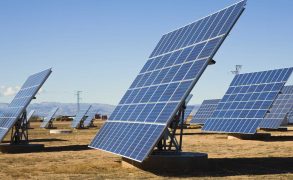
Solar panels that sweat…
Engineers across the world are searching for way to improve the efficiency of solar panels. As new materials and designs are tested, any efficiency improvement – even a few percent – is announced…

Etruscan tomb with female aristocrat
Archaeoloy In a tomb in Tarquinia northwest of the Italian capital of Rome, archaeologists have made a remarkable discovery: Behind a stone shield, they found a vaulted tomb full of artefacts of the…

Yeti scalp actually belongs to extinct bear
British genetics professor Bryan Sykes from the University of Oxford decided to subject alleged remains of the Himalayan Yeti legendary creature to genetic testing. And the result is surprising. Sykes analysed two wisps…
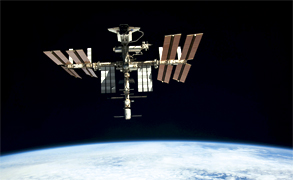
What became of the US space station?
30 years ago, the Americans dreamed of building a permanently manned space station, the Power Tower. What happened? Space stations are the future In Science Illustrated No. 10/1985, the first manned US space…
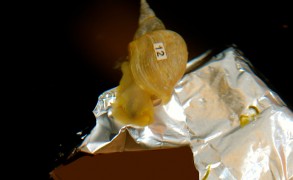
Snails improved their memory after “eating” chocolate
Turns out that flavonoids make snails smarter.


